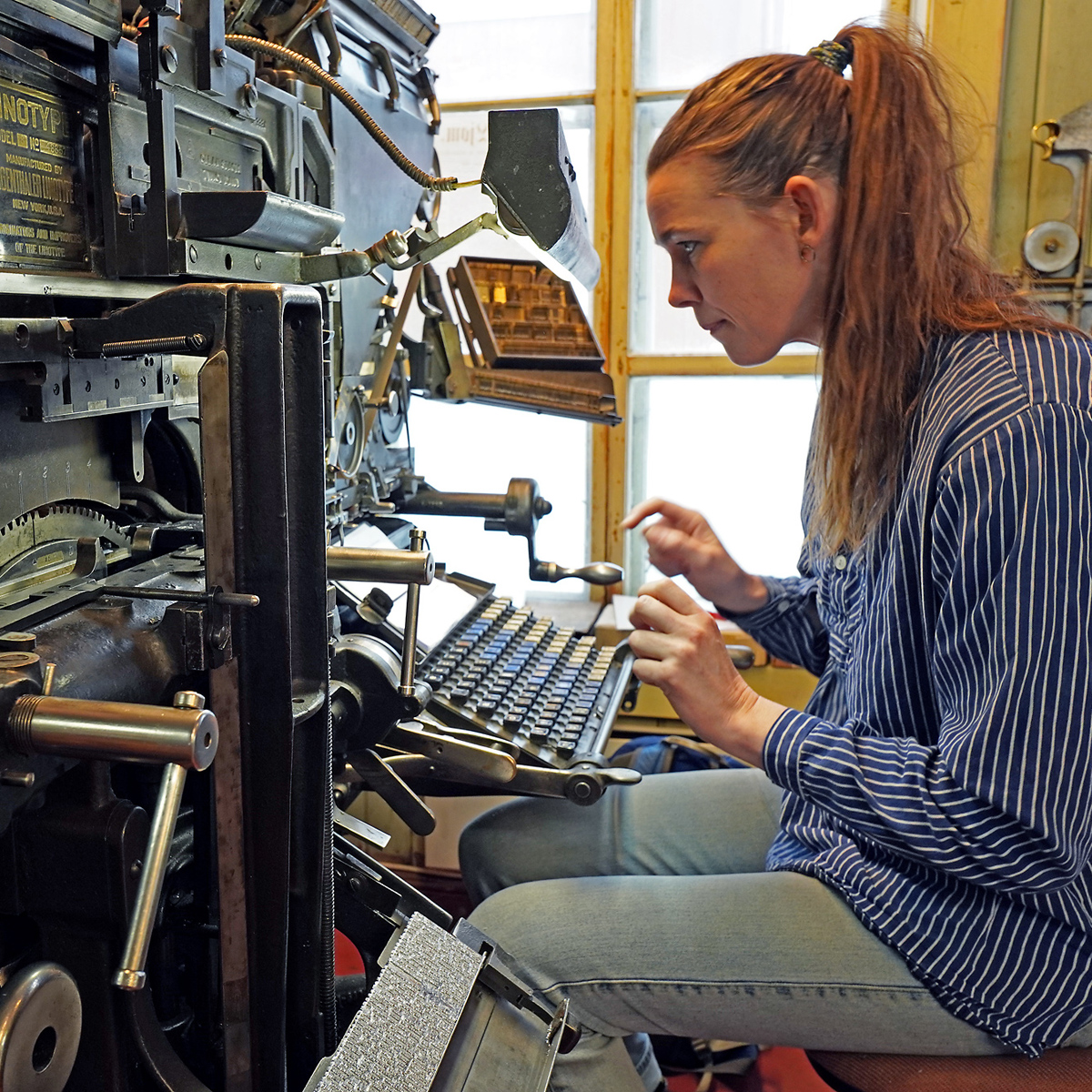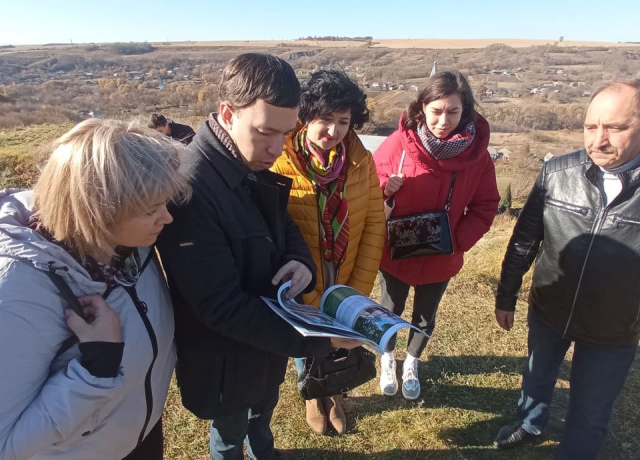European Heritage Days Article:
Living Heritage Supported Through European Heritage Days Stories
European Heritage Days Article:
Living Heritage Supported Through European Heritage Days Stories
Photo: Department of City Marketing and Tourism of Vinnytsia City Council
Awarded European Heritage Days Stories are eligible for a grant of up to 10 000 EUR to further develop their projects. Here is a look at a couple of previous projects which received a grant to implement activities which encourage the preservation of traditional crafts and skills.
The Way Must Go On – Ukraine
Project background and activities
The Way Surrounded by Blue and Yellow Story explains the opening of the first officially organized walking and cycling cultural route in Ukraine. The Camino Podolico takes a route from Vinnytsia to Kamianets-Podilskyi and allows users to explore the area’s history dating back to the 14th century. Launched in 2021, further development of the route was paused in 2022 as invasion risked safety.
In 2023, the project continued under the name, ‘The Way Must Go On’. Coinciding with the Living Heritage shared European Heritage Days theme for the year, the project looked to research and promote the intangible cultural heritage of people who live along the route. A particular focus on food saw coordinators talking to residents about their family recipes and documenting foods which the locals consider to be part of their living heritage and local identity. From this, a catalogue was created about 22 dishes such as milk jelly and white borscht including details on how to make them as well as where to taste these foods along the walk. As well as a variety of living heritage events held as part of European Heritage Days including activities such as musical performances and pottery workshops, another specific focus of the project looked at the traditional craft of weaving with the cattail plant, which was recently added to the national list of Intangible Cultural Heritage of Ukraine. A day of activities about the craft was organised, including the chance to meet craftsmen and artists through excursions, workshops, an exhibition of cattail products and a lecture about the influence of folk art on modern art.
Outcomes and future plans
Over 800 people took part in the project across 11 communities along the route, showing their readiness to engage with cultural heritage, even in difficult times. Participation and interest in the results strengthened collaboration between residents, local government and businesses in hospitality and tourism. Alongside printed copies of the gastronomy catalogue and an archive of over 5000 photos, a collection of videos was published to YouTube with English subtitles to widen access to an international audience. Plans are underway to reopen the physical route once safe and organisers are now considering the possibility of certifying the route as part of the Cultural Routes of the Council of Europe.

Photo: Using a historic typesetting machine (credit, Pressemuseet Fjeld-Ljoms Venner)
Letterpress Training, Preserving Old Printing Techniques – Norway
Project background and activities
This Story about The Predigital Newspaper and Printing House looked at the history of publishing and printing in Norway. Now preserved as The Press Museum Fjeld-Ljom, this site of a former newspaper house is maintained as a living museum with a working production line which produces a yearly edition. The museum particularly highlights the history of newspapers in relation to freedom of speech and their role as a platform for public discussions and exchanging points of view via printed letters in a pre-digital era.
In the context of modern technology, working knowledge of typesetting machines and other related equipment is being lost, yet there is interest from graphics museums around the world which want to keep their machines operational. The grant from the European Heritage Days Stories initiative was used to hold training sessions to teach this knowledge and boost the number of people with expertise in using and conserving these sophisticated pieces of machinery. The project also aimed to help establish a network of technicians who can share their knowledge and problem-solve to help overcome the challenges of understanding the variety of models, brands and ages of machines which need maintenance. The participants applied for the training from a number of backgrounds including those from museums and academia, as well as individuals with a passion for letterpress machinery such as a hobbyist and graphic designer. Historic skills dating back to the 19th century were taught at two week-long workshops and, with many of those with expertise in this area of retirement age, the organisers particularly focussed on training younger people in order to create continuity of this living heritage knowledge through the generations.
Outcomes and future plans
To maximise the impact of the project, international participation was seen as a particularly important, and participants from nine European countries, took place in sessions based in Norway and Germany. Several participants are now actively repairing machines in their home countries, while another is looking into fundraising. Others are further spreading the knowledge they learned, for example through an online database of information about how to use and maintain these machines, while another is making a documentary film to serve as training material.
If you are part of a community undertaking heritage work in Europe and are interested in applying, take a look at other recently awarded European Heritage Days Stories and find out more about what the initiative it is, who can apply and how it works.
